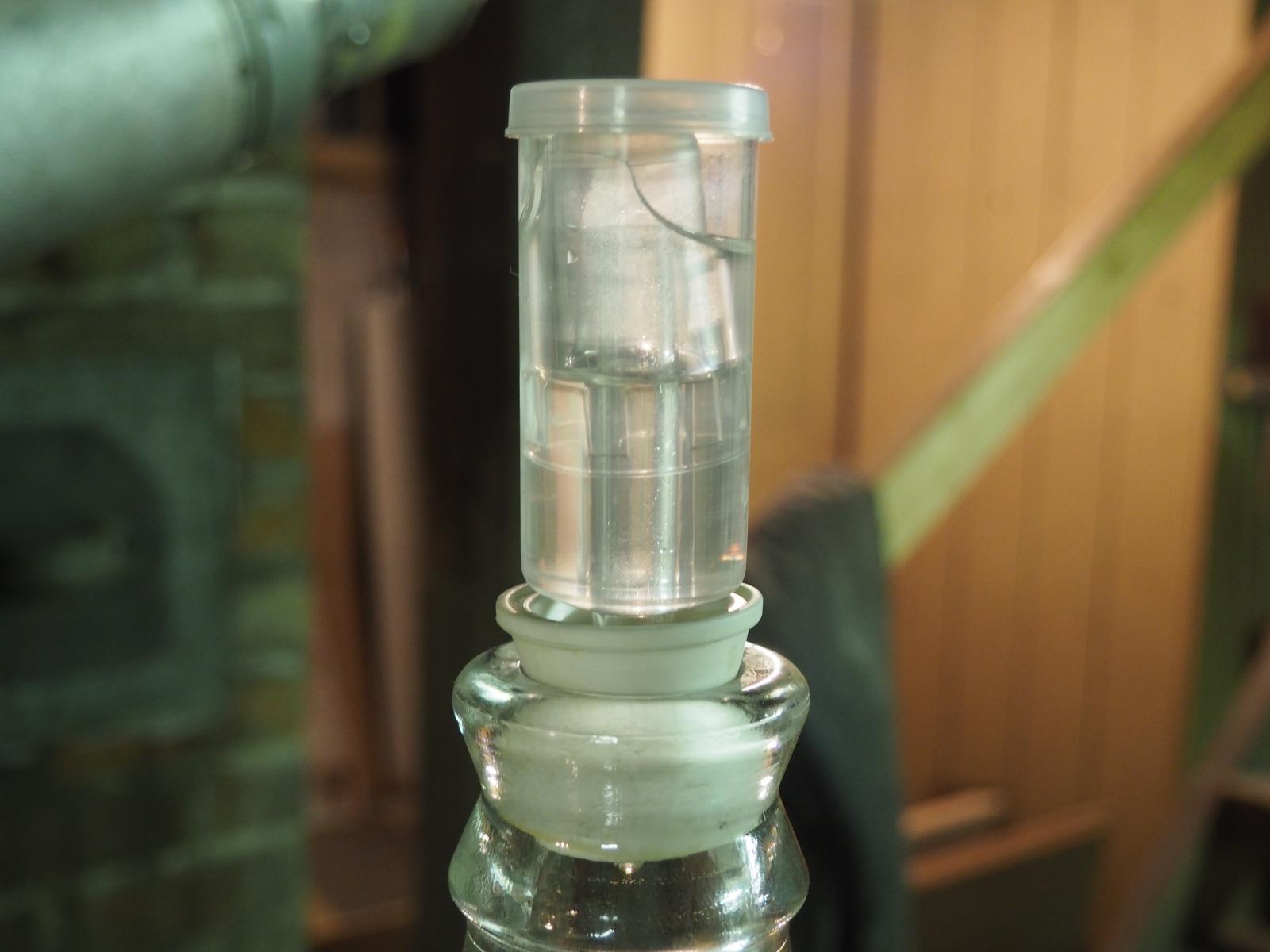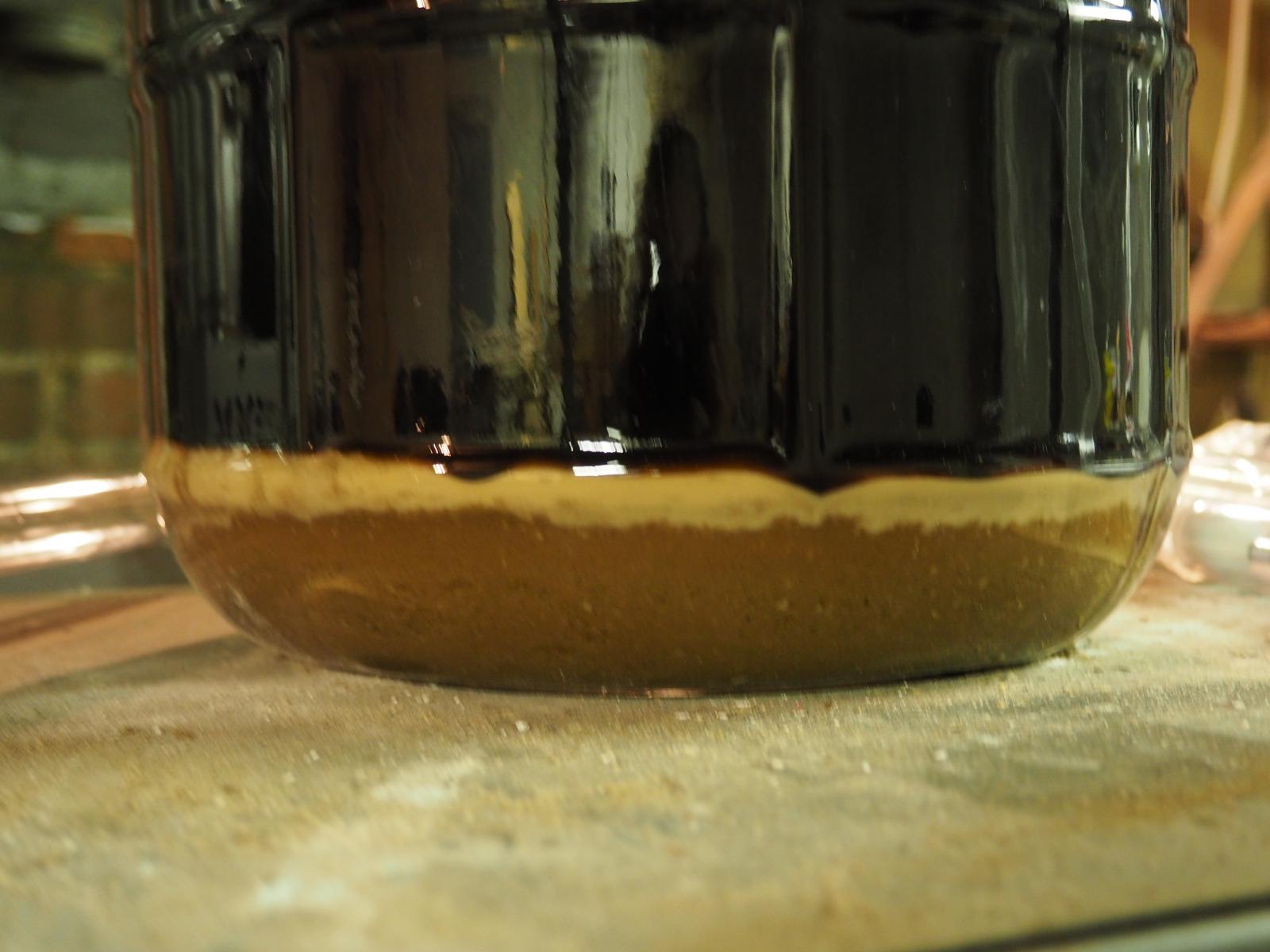amateur_hour
Member
- Joined
- Dec 25, 2014
- Messages
- 8
- Reaction score
- 2
Hello everyone, new here to the forum and brewing itself. I love craft beers and decided to make my own with an all grain brew in the bag kit.
So my first attempt is an oatmeal stout. My friend and I thought it went pretty good until a few days after we put it in the carboy and I noticed it was flat. I asked the guy I bought it from and took pictures and he never told me to but I didn't put in any water into the airlock bubbler as I was never instructed too. Very amateur thing I am sure.
Anyways I noticed I think 3 days after I put the beer into the carboy, added the water and gave it a shake to try to wake up the yeast. It has sat for 3 weeks now and I was hoping to bottle it this weekend. I bought a hydrometer and checked it and it only read 1.020 specific gravity. So thats 1.6% beer right? hahaha
That is the saddest stout I have ever heard of lol. Anyways, my question is can I give the carboy a good shake and another yeast in or is this basically a throwaway? Or possibly am I missing something?
Thanks!
Amateur Hour
So my first attempt is an oatmeal stout. My friend and I thought it went pretty good until a few days after we put it in the carboy and I noticed it was flat. I asked the guy I bought it from and took pictures and he never told me to but I didn't put in any water into the airlock bubbler as I was never instructed too. Very amateur thing I am sure.
Anyways I noticed I think 3 days after I put the beer into the carboy, added the water and gave it a shake to try to wake up the yeast. It has sat for 3 weeks now and I was hoping to bottle it this weekend. I bought a hydrometer and checked it and it only read 1.020 specific gravity. So thats 1.6% beer right? hahaha
That is the saddest stout I have ever heard of lol. Anyways, my question is can I give the carboy a good shake and another yeast in or is this basically a throwaway? Or possibly am I missing something?
Thanks!
Amateur Hour


































![Craft A Brew - Safale BE-256 Yeast - Fermentis - Belgian Ale Dry Yeast - For Belgian & Strong Ales - Ingredients for Home Brewing - Beer Making Supplies - [3 Pack]](https://m.media-amazon.com/images/I/51bcKEwQmWL._SL500_.jpg)


























